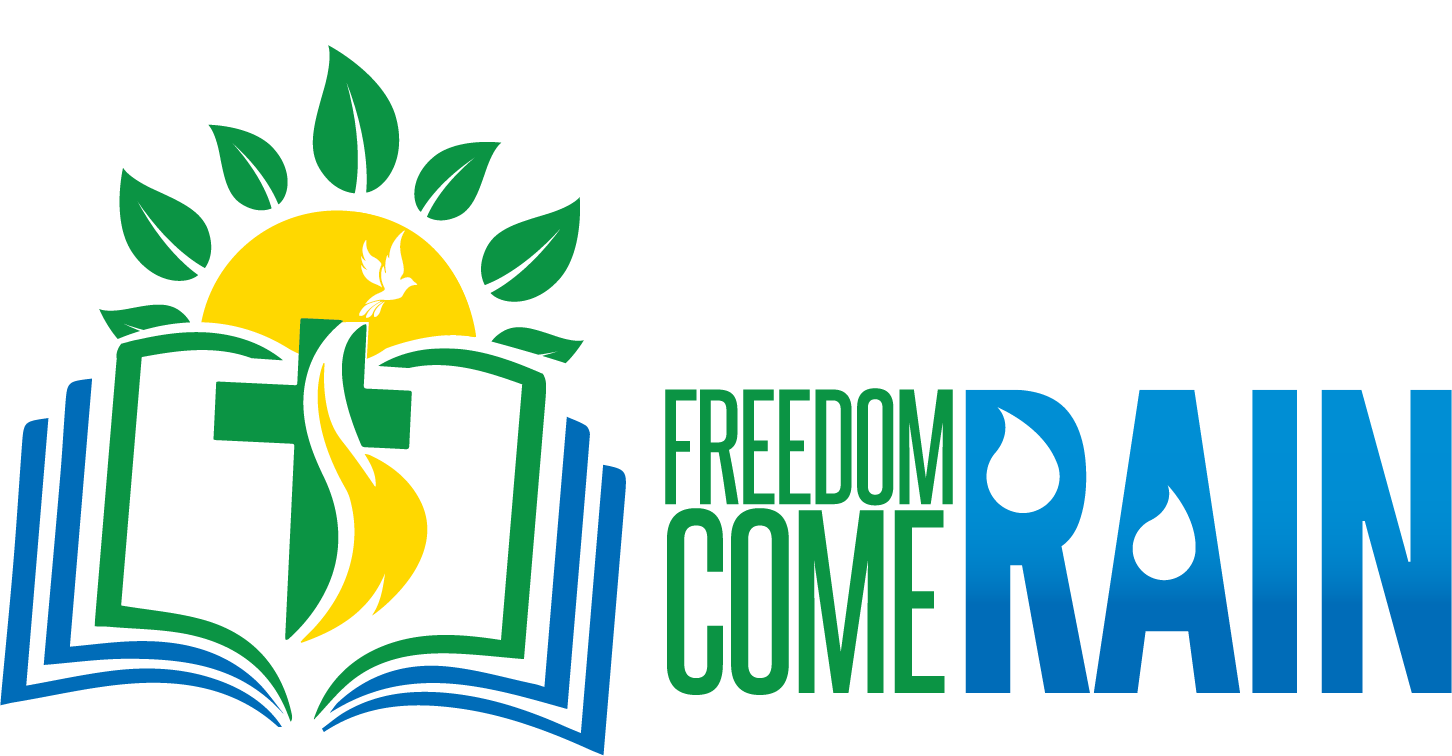With nearly 100,000 deaths by suicide each year in the Americas, “suicide is a significant public health concern for the region,” said Dr. Jarbas Barbosa, Director of the Pan American Health Organization (PAHO).
“Alarmingly, the region experienced a 17% increase in suicide rate from 2000 to 2019, making it the only World Health Organization (WHO) region to witness an increase,” Dr. Barbosa said in a message to mark World Suicide Prevention Day, which took place on September, 10.
The PAHO Director stressed that “every case of suicide is a tragedy that severely impacts not only individuals, but also families and communities.” Dr. Barbosa stressed that “suicide can be prevented” and asked countries to “create hope through our actions” and “reduce suicide in the region.”
While it can affect people of any age, in 2019 suicide was the fourth leading cause of death among young people aged 15-29 years worldwide. Women are more likely to attempt suicide, but men are more likely to complete the act. For every woman who dies by suicide in the region, 3.5 men do. In addition, available evidence indicates a disproportionate impact of suicide among groups in situation of vulnerability, such as indigenous populations and LGBTQI+ people.
“The COVID-19 pandemic further exacerbated many risk factors for suicide, including unemployment, financial insecurity and social isolation,” said Dr. Barbosa, adding that addressing suicide requires a collective effort.
This year, WHO is updating its guide Preventing suicide: a resource for media professionals, with recommendations on the dos and don’ts of suicide reporting.
“PAHO continues to work with countries to promote evidence-based strategies on suicide prevention, including updated mental health and suicide prevention laws and policies; regulations to limit access to the means of suicide; and responsible media reporting,” Dr. Barbosa said. “We will continue to support the education and training of healthcare workers and the strengthening of national surveillance systems to inform the development of locally- adapted suicide prevention strategies,” he added.
Source: PAHO






